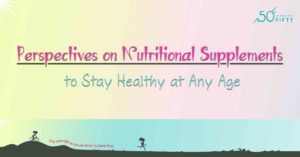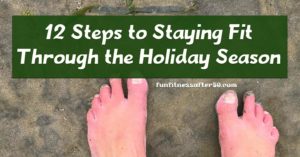Putting malnutrition in perspective Do you know the story about Captain Cook making his crew eat sauerkraut on voyages to prevent scurvy? It turns out the commonly told story might not be quite Continue Reading
What Kind of Shape Will You End Up With While Getting In Shape ?
What is your perfect shape? Picture yourself in perfect shape. What do you look like? Wait. Think carefully. Is it really you? This is a mistake that is made too often. We form an ideal in our head Continue Reading
12 Steps to Staying Fit Through the Holiday Season
Week 0 of 12 Weeks to a Healthy New Year How to be aware of the battle Awareness is half the battle. Not just awareness that there is a problem, but also awareness of what is causing the Continue Reading
26 Attitudes and Actions to Help You Avoid Holiday Weight Gain
If you want to avoid weight gain over the holidays, you need three things: a philosophy a goal a plan It might sound highfalutin, as an old cowboy might say, to speak of a philosophy Continue Reading
Dealing with Illness as an Aging Athlete
What are the facts and what is the fiction when it comes to recovering from illness when you are over 50? And how should it affect the goals and motivation of the aging athlete? It all comes down to Continue Reading





